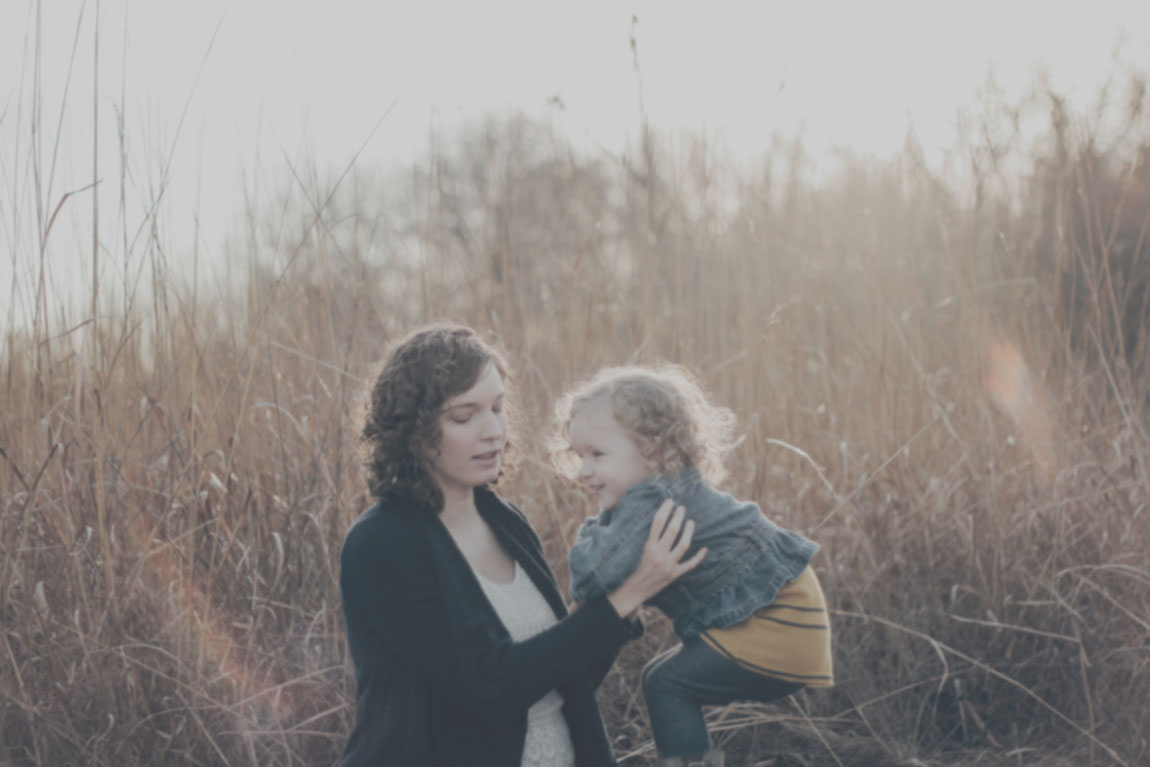The eye's lens (Greek: "phakos") is an organ without nerves and vessels. It consists of a lens capsule and a nucleus. Like the lens of a camera, the eye's lens is crystal clear and has a convex curve on both sides. As a converging lens, the natural lens bundles the light entering the eye and focuses it on the retina. Due to its elasticity, it can flatten out or shape into a ball to change the focal point on the retina in doing so.
Over the course of our life, the lens changes all the time: New cells are produced in the nucleus, causing the lens to become thicker and less flexible over the years. If the lens loses its elasticity, its refractive power also changes, and nearby objects appear to be increasingly fuzzy. This process causes presbyopia and usually a dependence on reading glasses.

If a cataract is present, there are changes taking place inside the eye lens as well. In it, there are highly concentrated proteins which remain transparent due to the protective proteins a-crystallin (cryAA) and b-crystallin (cryAB). If these so-called crystallins fail, the proteins clump together and cause the clouding of the lens typical for a cataract. This causes scattering of the light entering the eye - as a consequence, the vision becomes blurry. Reading glasses cannot help manage the clouding of the lens; the only way to manage it is the cataract operation.






